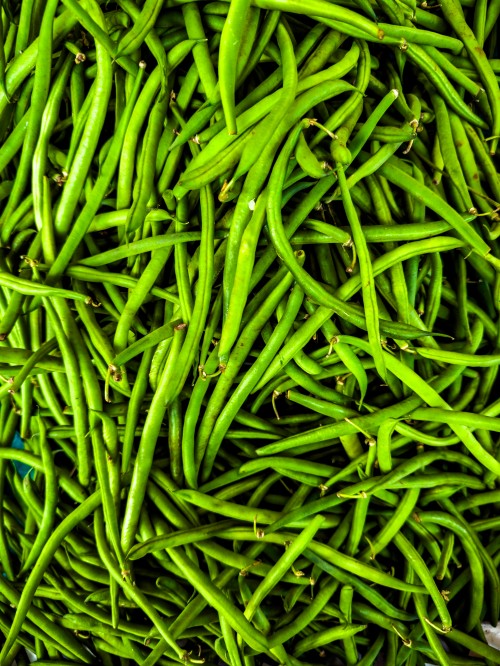French Bean
How to Grow Dwarf Beans in the UK: Planting, Care & Harvest Guide
Introduction
Dwarf beans, also known as bush beans or French beans, are compact, fast-growing, and perfect for UK gardens. Unlike climbing varieties, they don’t need supports, making them ideal for small spaces, raised beds, or containers. With tender pods that can be picked young for the best flavour, dwarf beans are a rewarding, reliable crop for both beginner and experienced growers.
Types and Timing
Dwarf beans come in both green- and yellow-podded varieties, with some producing attractive purple pods that turn green when cooked. Popular varieties include ‘Safari’, ‘Ferrari’, and ‘Sonesta’ (a yellow type).
Seeds are best sown outdoors from late May to July, once the soil has warmed and the risk of frost has passed. For earlier crops, sow indoors in April and plant out in late May. Succession sowing every 2-3 weeks ensures a steady harvest through summer.
Site and Soil Requirements
Choose a sunny, sheltered spot for best results. Dwarf beans prefer well-drained, fertile soil that retains moisture but is not waterlogged. Dig in garden compost or well-rotted manure before planting to improve fertility.
They also grow well in large containers or raised beds, provided they receive consistent watering.
Propagation & Planting
Sow seeds 5cm deep and 15cm apart in rows spaced 45cm apart. For container growing, sow 3-4 seeds per 30cm pot.
If starting indoors, sow seeds in modular trays or small pots to avoid root disturbance, and plant out once seedlings are hardened off and the weather is reliably warm.
Growing & Maintenance
Keep plants well-watered, especially during flowering and pod formation. Mulching helps retain moisture and reduce weeds.
Unlike climbing beans, dwarf beans don’t need supports, but taller varieties may benefit from a low cane or twiggy sticks to prevent lodging in windy sites.
A liquid feed every couple of weeks once pods begin to form can boost yields. Regular picking encourages more pods to develop.
Harvest and Post-Harvest
Pods are usually ready to pick 8-10 weeks after sowing. Harvest when young and tender, before the beans inside begin to swell.
Pick regularly to extend cropping. Beans are best eaten fresh but can be blanched and frozen for later use.
Troubleshooting & Pests
Slugs and snails can attack young seedlings - protect with barriers or organic slug pellets.
Blackfly sometimes cluster on stems; pinch out infested tips or wash them off with a strong jet of water.
Poor pod set may occur in cold or wet weather; sow later to avoid early-season setbacks.
Root disturbance can stunt growth, so avoid transplanting bare-root seedlings.
Tips from Growers / FAQs
Do dwarf beans need staking? Usually no, though taller or top-heavy plants may benefit from a little support.
How long do they crop? With succession sowing, you can harvest from July through September.
Can they be grown in pots? Yes - choose a 30cm deep pot and keep watered.
Do beans need feeding? A compost-rich soil is usually enough, but a high-potash feed can boost yields once flowering starts.
Quick Reference Table
Sowing: April (indoors) - July (outdoors)
Spacing: 15cm apart, 45cm between rows
Depth: 5cm
Position: Sunny, sheltered
Soil: Fertile, moisture-retentive
Harvest: July-September
Special notes: Pick regularly to extend cropping
Resources & References
RHS - French Beans
Gardeners’ World - How to Grow French Beans
© What to plant 2025. All rights reserved
